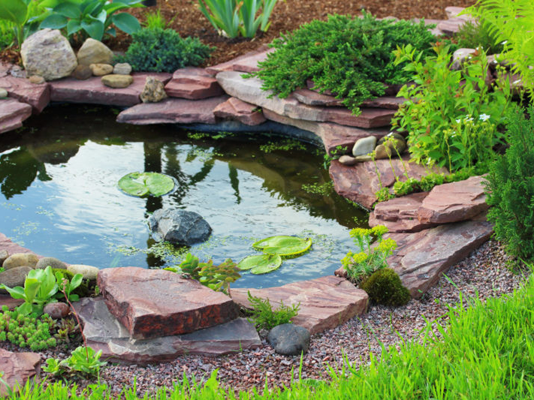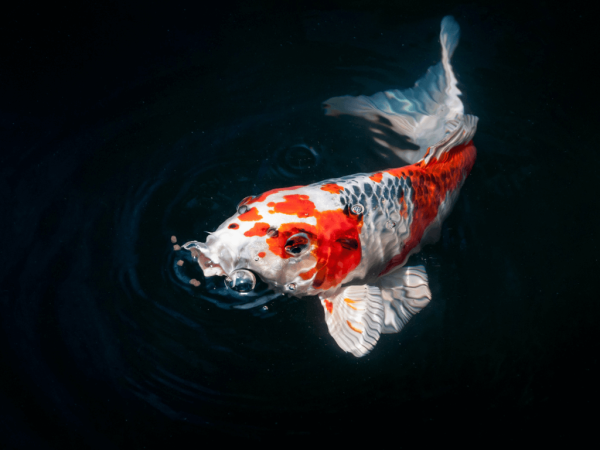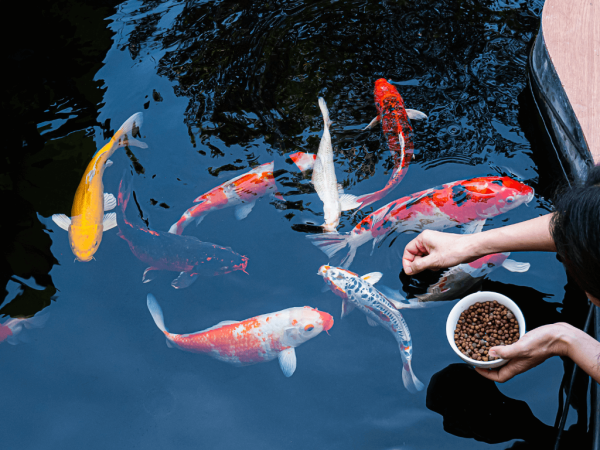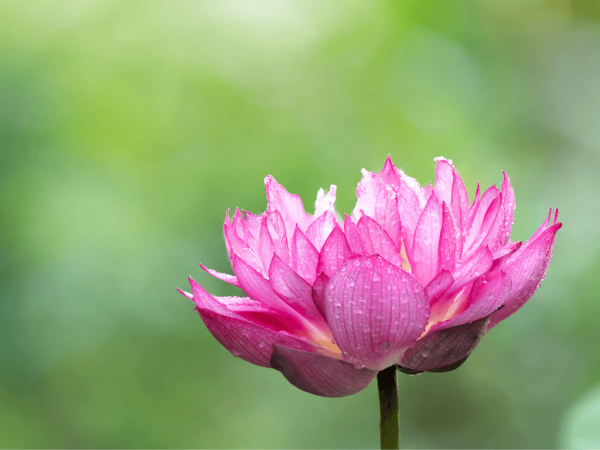How to build a pond
Spring is coming, the sun is out and its time to start thinking about those big garden projects again.
If you haven’t already got one, a pond should be one of those projects as it transforms a garden, bringing life and movement, encouraging wildlife and bringing us closer to nature. They don’t have to be big or expensive either, and a small pond can be dug, lined and filled within a day.
How to design a pond
First, decide if you want an ornamental fish pond or a wildlife pond, and then where you’re going to place it in the garden. Wildlife ponds look most natural at the lowest point in the garden where water would naturally collect, with the ideal being some logs, stones and vegetation near to it to give cover to small animals visiting the pond.
If its a fish pond its better nearer to the house where you can view the fish, you don’t have to trudge through the snow in winter to go and check them and its easier to run garden-safe electricals to it and pond supplies like a pond pump and filter.
If you’re going to dig down into the ground stay a couple of metres away from any foundations and from any large trees. Hacking through roots is hard work and if the tree is alive, it may send roots through a flexible liner in the future. The same with Bamboo.
Sketch out an aerial plan of the garden and try the pond in a few different places. Identify where North and South are, as South facing ponds will receive more sun - good for water lilies - but bad for nuisance algae like Blanketweed. And overhanging trees can foul the water with their leaves, fruits and berries.
Get garden pond size right
Wildlife ponds can be tiny - as small as an old Belfast sink - even water features - but fish ponds need to have a minimum volume and depth to get fish through harsh winters when the top layer of the pond is frozen solid.
And although ponds always look large when first dug and they’re bare, they have this trick of shrinking once lined with pond plants and turf edges start to encroach over the sides. Go for as large a pond as you can as it will look more spectacular and if you want fish, it’ll hold more of them.
How to build a koi pond
If you want Koi carp and other large pond fish like Ghost koi and Golden Orfe, the pond ideally needs to be three feet deep or deeper at its deepest point, and at least six times the length and four times the width of an adult fish. So with most koi averaging two feet long, that’s a pond of twelve by eight by three feet deep minimum, if you’re to look after them properly long term. They’ll need adequately large filtration and other oversized pond supplies like food, an Ultra Violet Clarifier, and an airpump.
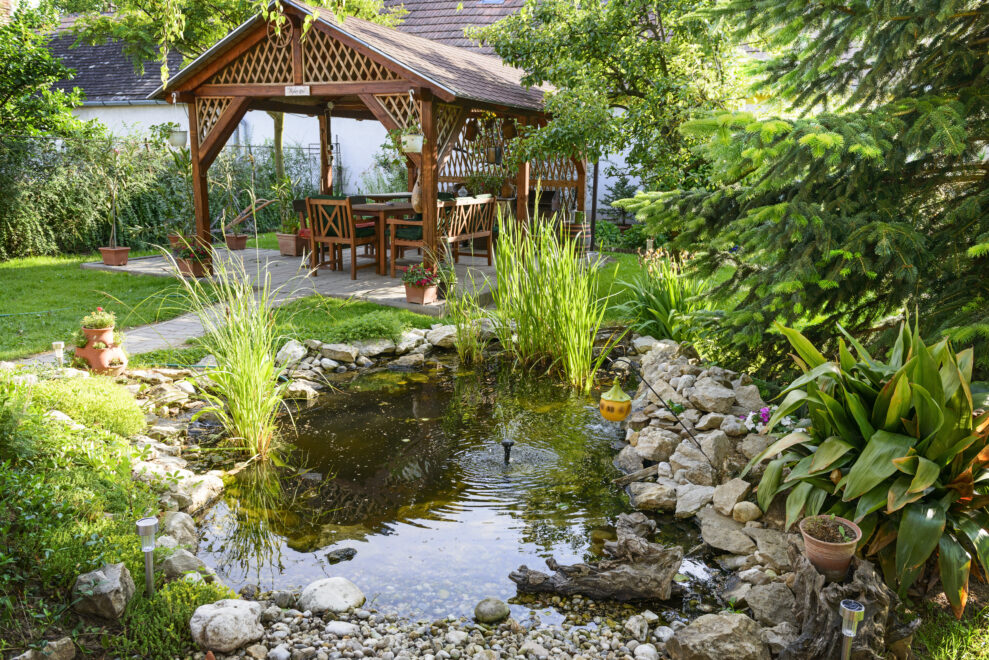
How to create a super simple wildlife pond
Pebble beach areas are growing in popularity and are great for wildlife as amphibians like frogs, toads, newts and other wildlife can crawl out of the shallow end if it wants or needs to. Start by digging a hole about a metre across to a spade’s depth. You can pile the soil up at one side of the pond if you need to and build a rockery or stumpery. Then graduate one side of the hole into a gentle slope that gets you back from the centre of the hole to turf level. That’ll be the beach.
How to calculate pond liner
Then calculate the liner size, lay underlay, lay the liner on top and create the beach with small pebbles and gravel. Fill with the hose, add tap safe to remove the chlorine, add pond plants, maybe a log or branch for added natural effect and leave, and within weeks (or even days,) wildlife will find and start to visit your pond from pond skaters and water boatmen to frogs, newts and toads. You can do it for about the price of a family takeaway and it’ll last for decades.
How to build a no-dig ornamental fish pond
Fish don’t need a beach - herons will use it - but they do need that all-important water depth, so a simple way to create a neat looking, functional fish pond is to build it out of railway sleepers.
Flatten out a square of ground, form a square from one layer of six-foot sleepers then fasten them together with bolts or corner brackets. Repeat the layers until a water depth of two feet has been created then calculate liner, lay underlay and then pond liner on top.
Fill with water, trim the liner then place a final layer of sleepers on top of the liner flange to hide it and make a neat job. Another super simple pond idea that looks contemporary, doesn’t involve digging, bricks or mortar and can also be set up in just one day.
Dechlorinate, add an All-In-One filter, pump and UVC and you’ll have a fish-ready pond within days. You can even take it with you if you move house! Pond pumps aerate the water, can run water features and power filters, reducing fish waste, improving water quality and clearing pond water.




